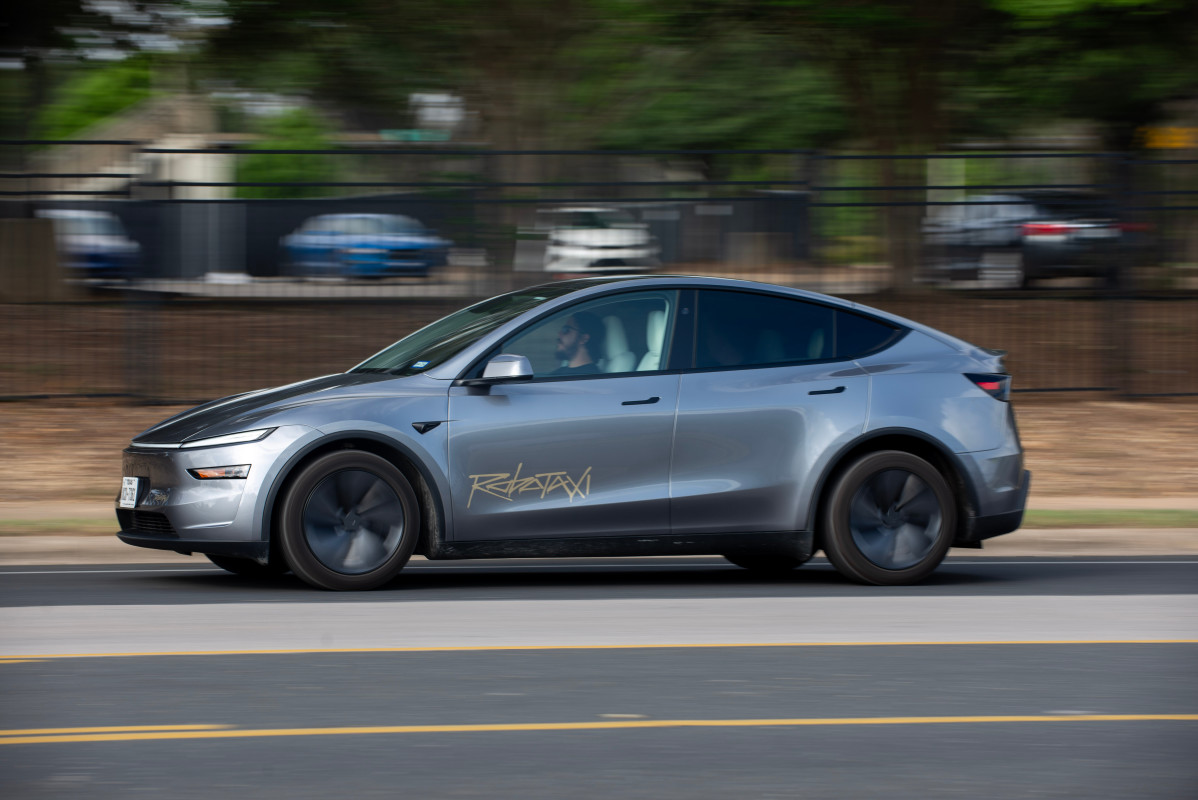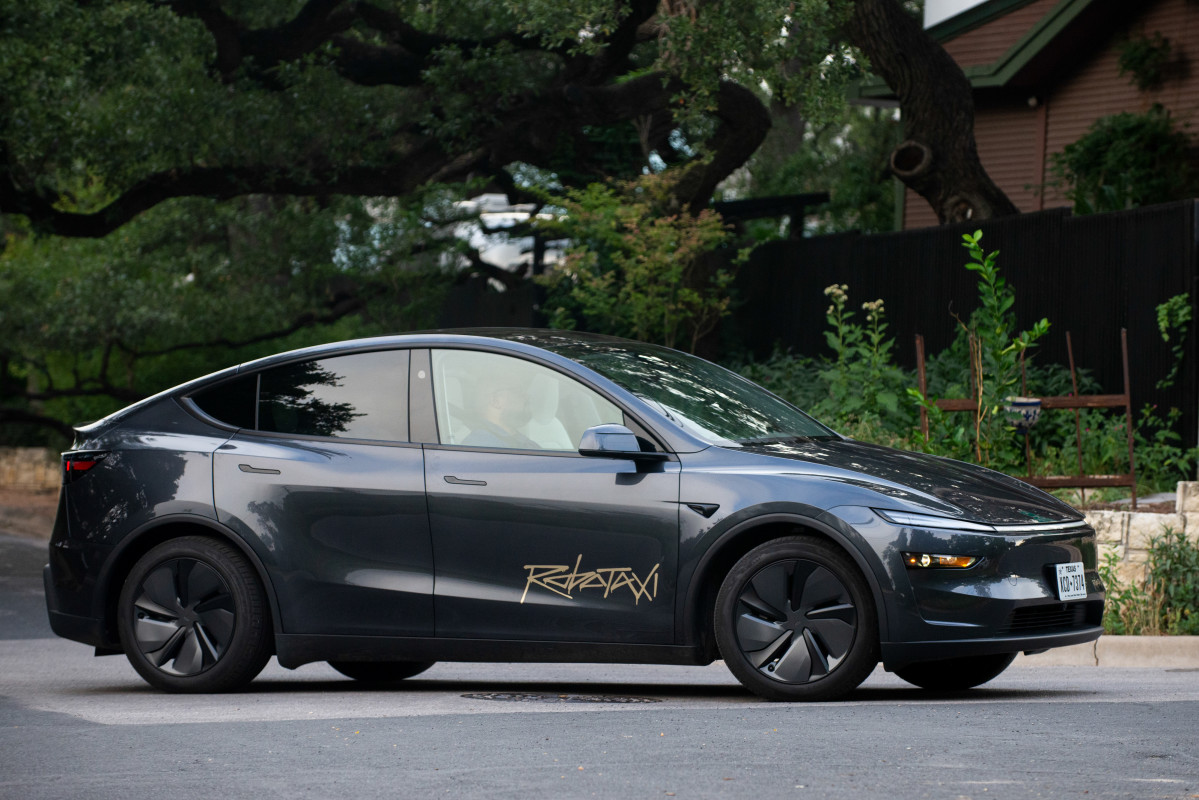Tesla is putting the pedal to the floor with its robotaxis
Elon Musk has confirmed that Tesla will expand its autonomous robotaxi rideshare service to San Francisco’s Bay Area within the next couple of months, pending regulatory approvals. Tesla launched its robotaxis on June 22 in Austin, Texas, with around 12 Model Y SUVs, each containing a human safety monitor in the front passenger seat. Musk also said that Tesla’s Austin robotaxis will expand their geofencing, or area of operation, this weekend.
Tesla executives noted during the company’s Q1 call that its main advantage over the undisputed leader in autonomous ridesharing, Waymo, was its ability to scale its robotaxis faster and for less money, and expanding to another city two to three months after launching would demonstrate this principle. Waymo kicked off its autonomous rideshare service in 2018 with safety drivers, transitioned away from using safety drivers in 2020, and didn’t expand to another city in San Francisco until 2021. While Waymo spread to another city years before Tesla robotaxis touched ground in Austin, Tesla also has the advantage of developing its self-driving software as the U.S. government begins streamlining regulations surrounding the technology.

Getty
Factors working for and against Tesla robotaxis
In April, the Trump administration accelerated the U.S.’s rollout of autonomous vehicles by expanding a program that exempts some self-driving cars from specific safety requirements outside of commercial use, while streamlining the existing criteria for crash reporting of advanced driver assistance and self-driving systems. Transportation Department officials will no longer require manufacturers using Level 2 self-driving systems, like Tesla’s Full Self-Driving (FSD), to report certain kinds of non-fatal crashes. Additionally, last month, the National Highway Traffic Safety Administration (NHTSA) announced that it’s speeding up the review process for manufacturers deploying autonomous vehicles without traditional controls like steering wheels or pedals while providing more clarity on an application’s requirements. Tesla’s upcoming Cybercab, a purpose-built vehicle for its robotaxi service, won’t contain a steering wheel or pedals.
Still, Tesla’s robotaxis aren’t facing an easy road to expansion in San Francisco. Texas poses far fewer self-driving regulations for firms than California, which requires testing data for permits, something Tesla has been hesitant to release. In June, Reuters reported that Tesla was attempting to block Austin, Texas, from releasing public records to the news agency on its robotaxi trial. According to Reuters, a Tesla attorney wrote to Texas’s Attorney General’s office, citing the public records as containing “confidential, proprietary, competitively sensitive commercial, and/or trade secret information” that would harm the automaker if released.

Getty
Final thoughts
Tesla announced that it will hold its Q2 earnings call this year on Wednesday, July 23. While providing concrete data for its robotaxis’ expansion to another city would help boost investor morale after another rough quarter, the automaker likely won’t have this news in time for the call, with permits pending. Musk has mostly shrugged off Tesla’s recent and significant year-over-year sales declines, solidifying his focus on autonomous driving technology and robotics as the company’s future. However, Tesla will likely share news about the production of a more affordable model, which was supposed to occur by the end of June, during the call.